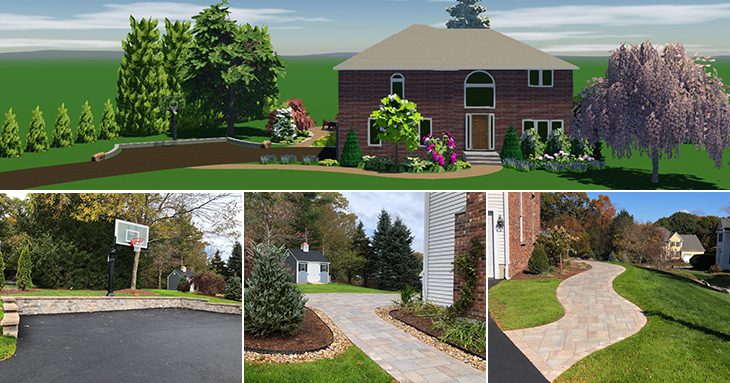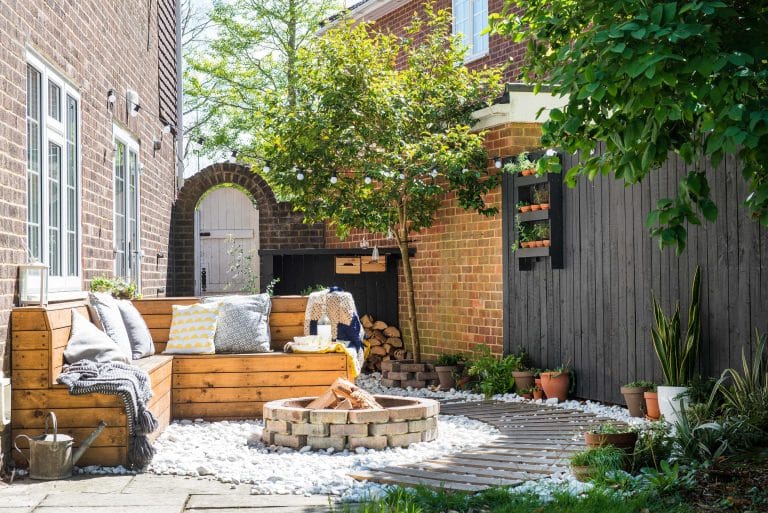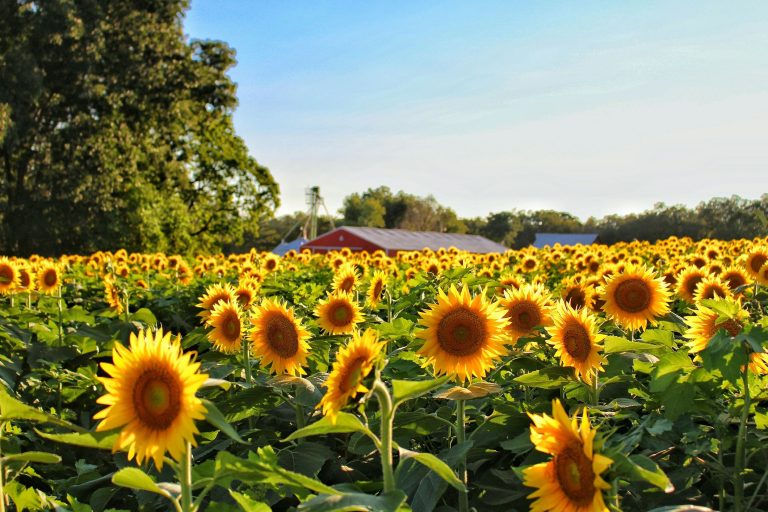How to Determine Exterior Paint Drying Time
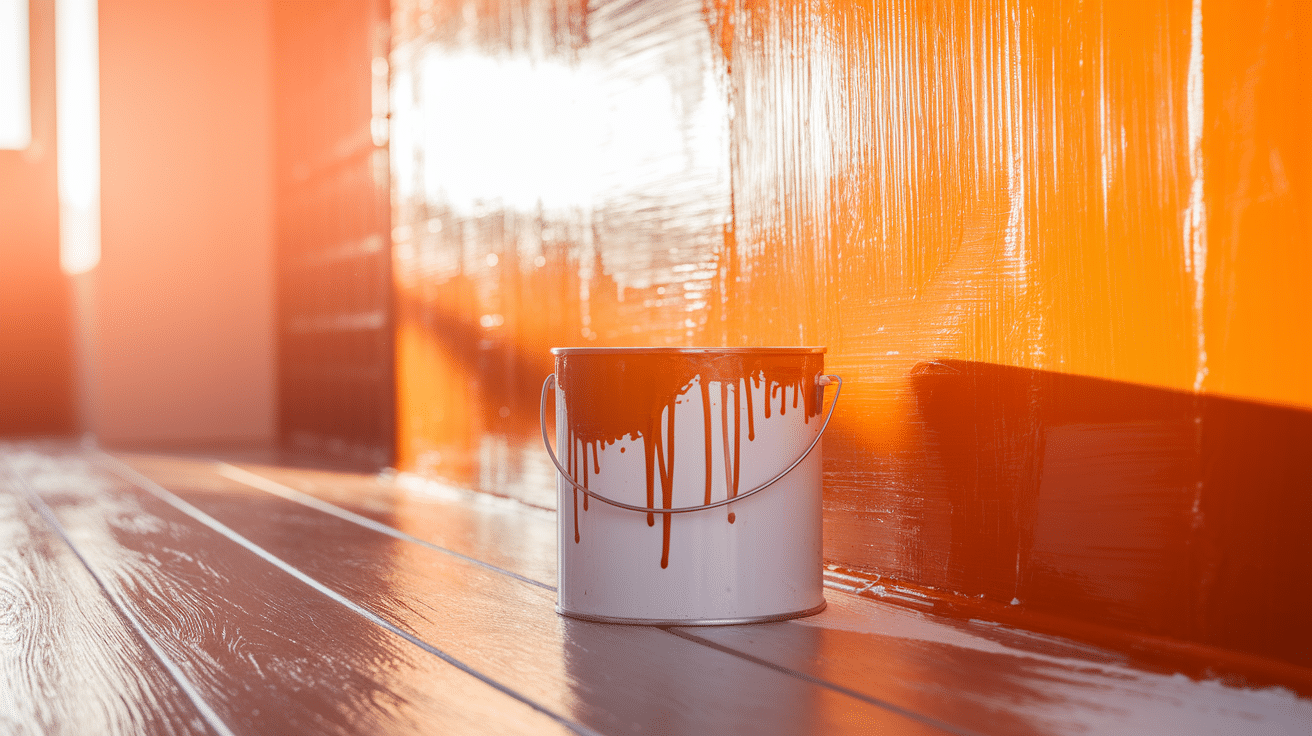
One of the most important factors to consider when tackling an exterior painting project is drying time.
Exterior paint drying time varies depending on several factors, including the type of paint used, weather conditions, humidity levels, and application thickness.
Understanding these timeframes helps you plan your project effectively, avoid common mistakes, and achieve professional-looking results.
This guide breaks down realistic drying and curing times for different types of exterior paints, along with practical tips to ensure your paint job lasts for years to come.
Understanding Exterior Paint Drying Time
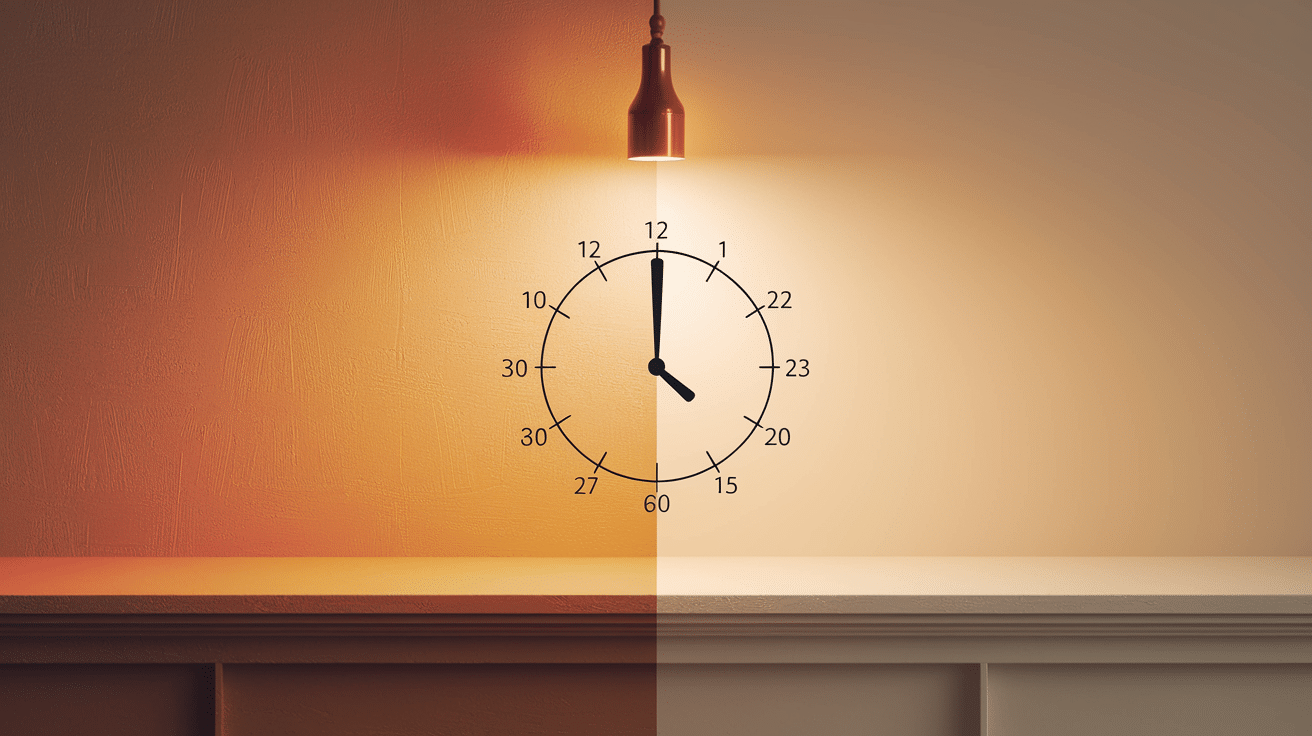
Let’s clear up a common confusion right away: there’s a big difference between when paint feels dry to the touch and when it’s fully cured. These are two distinct stages in the paint drying process.
When we talk about drying time, we typically refer to how long it takes for the surface to feel dry when you lightly touch it.
For most exterior paints, this usually happens within a few hours. At this stage, the paint isn’t completely hardened, but it no longer feels wet or tacky.
Curing time, on the other hand, is how long it takes for the paint to reach its maximum hardness and durability.
Depending on the paint type and conditions, full curing can take anywhere from a few days to a month.
Understanding these timeframes helps you plan your project properly and avoid damaging your fresh paint job by rushing the process.
Factors Affecting Drying Time
Understanding the timeframes that affect the drying time helps you plan your project properly and avoid damaging your fresh paint job by rushing the process.
1. Humidity
The moisture content in the air plays a huge role in how quickly your paint dries. Paint dries when its moisture evaporates into the air.
When humidity is high (above 70%), the air is already saturated with water, making it harder for paint moisture to evaporate.
Your paint might take twice as long to dry on a humid day compared to a dry one. That’s why painting during muggy summer days can be frustrating even though it’s warm, the high humidity works against you.
2. Temperature
Temperature acts like the engine of the drying process. In warmer weather (ideally 65-85°F), paint dries much faster because heat speeds up the evaporation of solvents in the paint.
Below 50°F, most paints struggle to form a proper film, potentially causing adhesion problems later.
Extremely hot temperatures above 90°F can be just as problematic the paint might dry too quickly on the surface while remaining wet underneath, leading to cracking or bubbling.
3. Air Circulation
Good airflow is like nature’s hairdryer for your paint job. Moving air helps carry away the evaporating moisture from your paint surface.
When painting exteriors, a gentle breeze can be your best friend, reducing drying time significantly.
This is why many pros use fans when painting indoors, but outdoors, you’re at the mercy of natural air movement. Stagnant air in corners, under eaves or on days with no wind can double your drying time.
4. Surface Area
The more surface is exposed to air, the faster drying occurs. Think about it like drying clothes a thin shirt dries faster than a thick sweater because more of its surface is exposed to air.
Similarly, painting an open fence will dry faster than painting a solid wall because air can circulate around all sides of the fence boards.
This is particularly important when painting areas like deck spindles versus large, flat siding panels.
5. Material Type
What you’re painting matters tremendously. Porous surfaces like bare wood, brick, or stucco absorb some of the paint’s moisture, which can actually help speed up initial drying.
However, these surfaces often require more paint and can take longer to reach full cure.
Non-porous surfaces like vinyl, metal, or previously painted smooth surfaces don’t absorb paint, so the drying depends entirely on evaporation from the surface, making them more sensitive to humidity and temperature conditions.
6. Thickness of Application
The thicker the paint layer, the longer it takes to dry – it’s that simple. A single thin coat might dry to the touch in 1-2 hours, while a thick coat could take 4-6 hours or more.
This is why professional painters recommend multiple thin coats rather than one thick one.
Each thin layer can dry properly before the next is applied, creating a stronger finish without trapping moisture underneath.
Types of Paint and their Drying Time
This table provides general guidelines, but actual drying times can vary based on factors such as temperature, humidity, and the thickness of the application.
| Type of Paint | Drying Time (Touch Dry) | Recoat Time | Full Cure Time |
|---|---|---|---|
| Oil-Based Paint | 6–8 hours | 24 hours | 7–30 days |
| Latex (Water-Based) Paint | 1 hour | 2–4 hours | 2–4 weeks |
| Acrylic Paint | 20–30 minutes | 1–2 hours | 1–2 weeks |
| Enamel Paint | 4–6 hours | 16–24 hours | 7–30 days |
| Chalk Paint | 30 minutes – 1 hour | 1–2 hours | 2–3 weeks |
| Spray Paint | 15–30 minutes | 1 hour | 1–2 weeks |
Weather Considerations for Exterior Painting
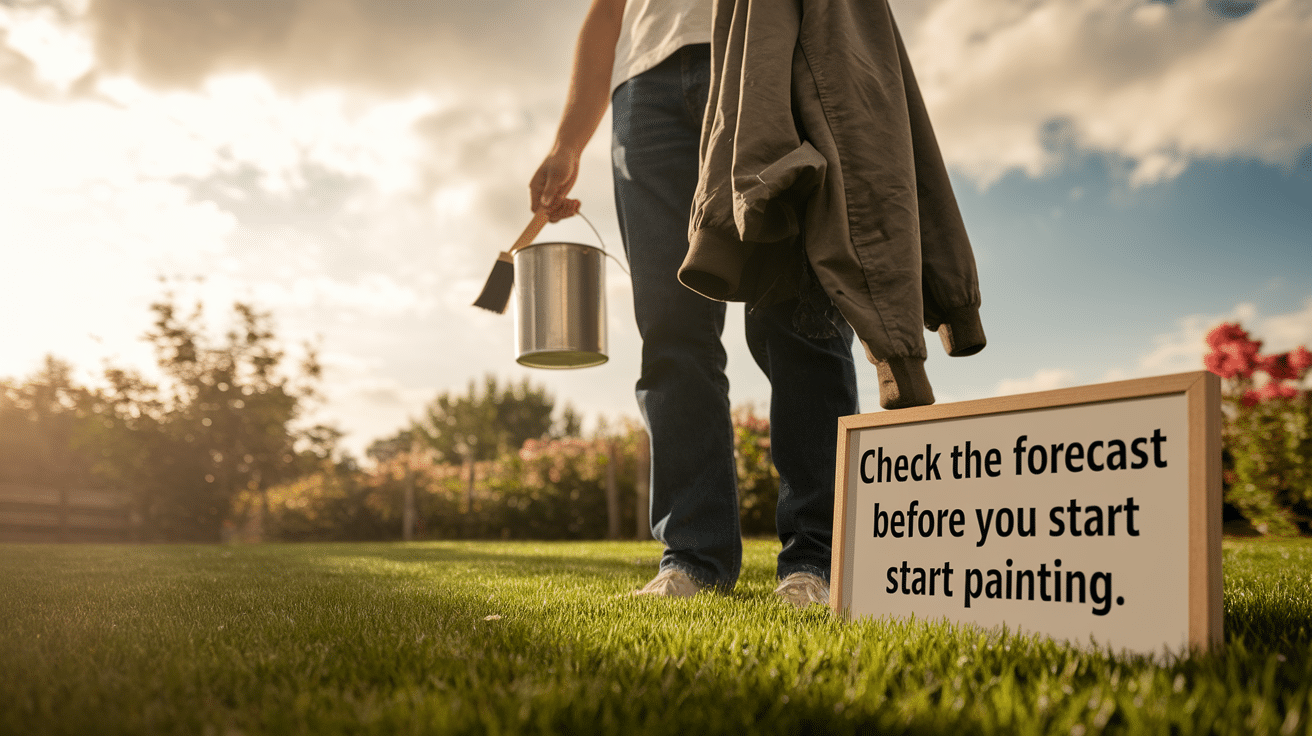
Here are some key weather considerations for exterior painting:
- Rain: Avoid painting if rain is forecasted within 24 hours, as wet conditions can ruin the paint job by causing smudging, streaking, or poor adhesion. It’s important to allow the paint to dry fully before any rain exposure.
- Wind: Wind can cause dust, dirt, and debris to stick to wet paint, ruining the finish. Strong winds can also speed up the drying process too much, leading to cracking or an uneven coat.
- Direct Sunlight: Direct sun exposure can cause the paint to dry too quickly, preventing proper bonding and resulting in an uneven finish or paint streaks. If possible, paint in the early morning or late afternoon when the sun isn’t as harsh.
- Time of Day: Morning and late afternoon are typically the best times for exterior painting, as temperatures are milder and sunlight is less intense. Midday sun is often too strong and can lead to rapid drying.
- Dew: Avoid painting during early mornings or evenings when dew is likely to form on the surface. The moisture can prevent proper adhesion and cause bubbling or streaking.
Conclusion
Understanding the drying time of exterior paint isn’t just about patience; it’s about ensuring your paint job lasts for years to come.
Remember that while paint may feel dry to the touch within hours, complete drying takes days or even weeks. Rushing this process by adding second coats too soon or exposing the surface to stress can compromise your hard work.
For best results, follow the manufacturer’s recommendations on your specific paint product, and always factor in extra time for unexpected weather changes.


